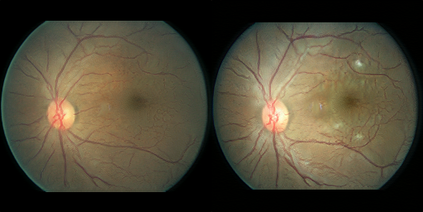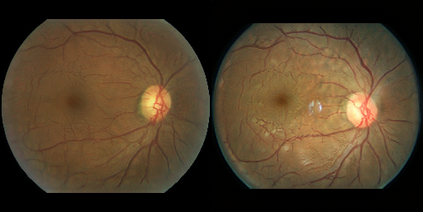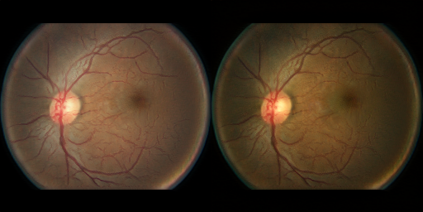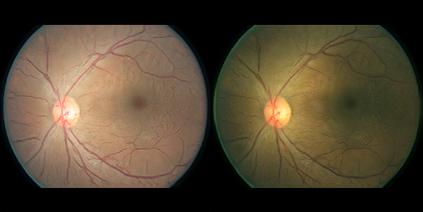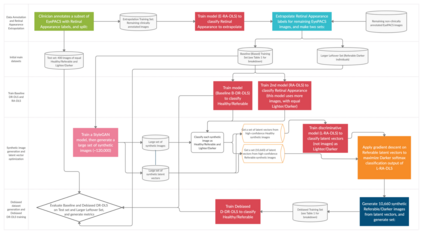This study evaluated generative methods to potentially mitigate AI bias when diagnosing diabetic retinopathy (DR) resulting from training data imbalance, or domain generalization which occurs when deep learning systems (DLS) face concepts at test/inference time they were not initially trained on. The public domain Kaggle-EyePACS dataset (88,692 fundi and 44,346 individuals, originally diverse for ethnicity) was modified by adding clinician-annotated labels and constructing an artificial scenario of data imbalance and domain generalization by disallowing training (but not testing) exemplars for images of retinas with DR warranting referral (DR-referable) and from darker-skin individuals, who presumably have greater concentration of melanin within uveal melanocytes, on average, contributing to retinal image pigmentation. A traditional/baseline diagnostic DLS was compared against new DLSs that would use training data augmented via generative models for debiasing. Accuracy (95% confidence intervals [CI]) of the baseline diagnostics DLS for fundus images of lighter-skin individuals was 73.0% (66.9%, 79.2%) vs. darker-skin of 60.5% (53.5%, 67.3%), demonstrating bias/disparity (delta=12.5%) (Welch t-test t=2.670, P=.008) in AI performance across protected subpopulations. Using novel generative methods for addressing missing subpopulation training data (DR-referable darker-skin) achieved instead accuracy, for lighter-skin, of 72.0% (65.8%, 78.2%), and for darker-skin, of 71.5% (65.2%,77.8%), demonstrating closer parity (delta=0.5%) in accuracy across subpopulations (Welch t-test t=0.111, P=.912). Findings illustrate how data imbalance and domain generalization can lead to disparity of accuracy across subpopulations, and show that novel generative methods of synthetic fundus images may play a role for debiasing AI.
翻译:这项研究评估了基因方法, 以在以下情况下可能减轻AI 偏差: 诊断65个诊所加注的标签, 并构建一个人为的数据偏差和域性直观化假象, 其原因是培训数据不平衡, 或者当深学习系统(DLS)在测试/推断时, 最初没有接受过培训时, 出现域内的概念。 Kagggle- EyePACS 数据集( 88, 692 Fundi和44, 346个人, 最初因族裔而异) 。 公共域域内 Kaggle- EyePASCS 数据集( 88, 692 Fundi和44, 346个人), 与新的 DLS 相比, 将数据变异异性模型( 但不测试), 暗性直径直径直径直径直径( 95) 显示(CI) DLS 基线诊断( DLS) 直径直径60% = 直径个人( AI)。

